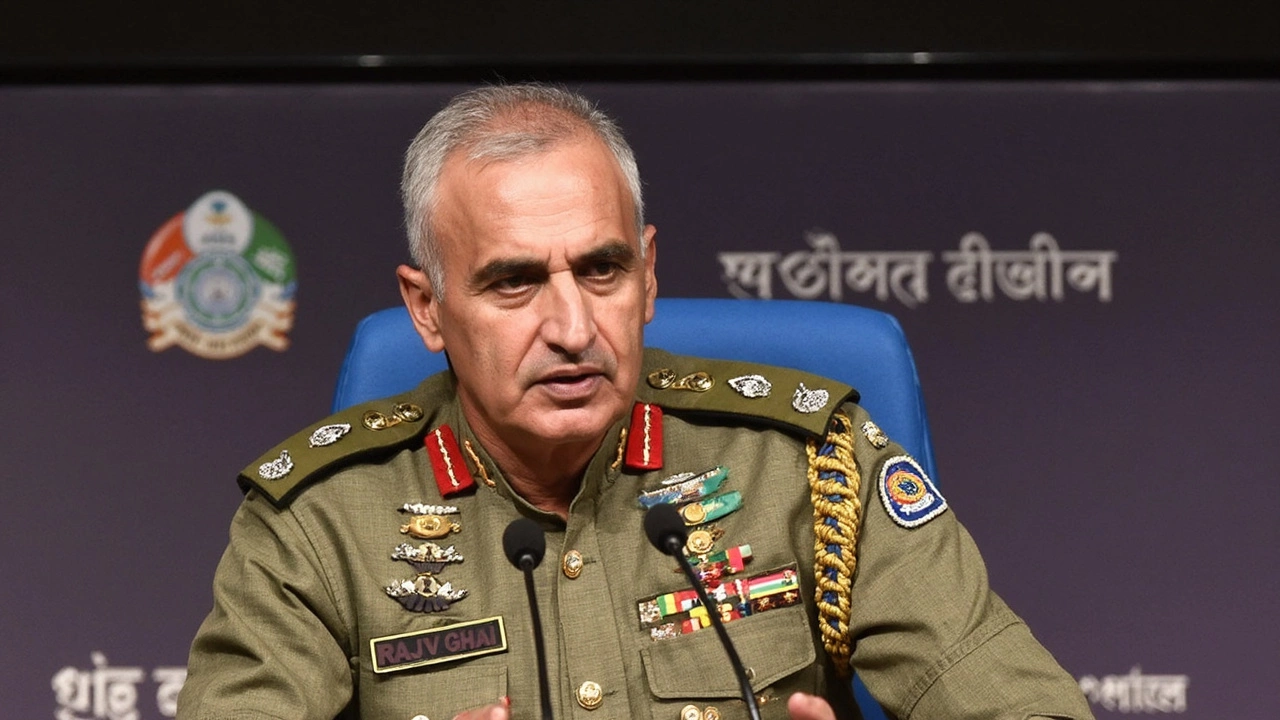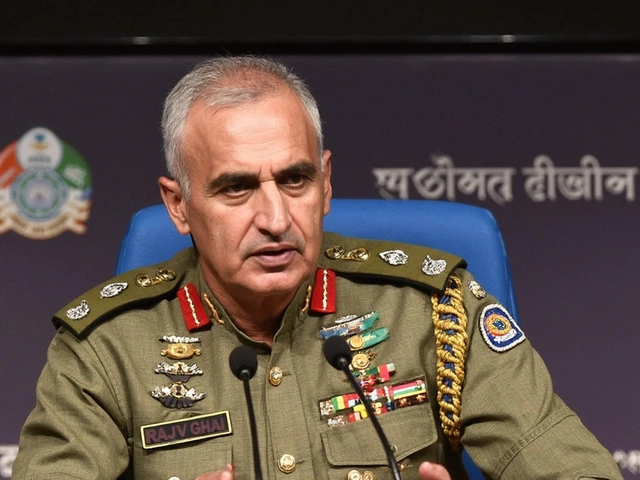Lt Gen Rajiv Ghai Uncovers Pakistan's Ceasefire Breaches and Leads Operation Sindoor

Lt Gen Rajiv Ghai: A Decisive Force on the India-Pakistan Border
Not every day does a top army officer become the face of resolve during a cross-border conflict, but Lt Gen Rajiv Ghai did exactly that when Pakistan broke its word on a ceasefire within hours. The drama started on May 10, 2025, when Pakistan's own Director General of Military Operations (DGMO), Kashif Abdullah, reached out for peace, seeking to halt clashes after days of heavy exchanges along the Line of Control.
Ghai, leading as India's DGMO at a crucial moment, pushed for a ceasefire to kick in at 5 PM. But even as the ink on the agreement was barely dry, the guns thundered again on the Pakistani side. Mortar shells and bullets were soon joined by buzzing drones violating Indian airspace, all pointing to the same old playbook of false promises. Ghai was clear-eyed—they had expected this. When he told reporters that ceasefire violations were “expected,” he wasn’t being pessimistic, just practical, drawing from plenty of previous experience where similar deals fell apart almost as soon as they were struck.
India’s response, under Ghai’s command, was anything but business as usual.
Operation Sindoor: Redrawing the Rules
Pushed by relentless provocations, India unleashed Operation Sindoor. The mission was anything but symbolic. Over 100 terrorists, operating out of camps just across the border, were neutralized in strikes that caught their handlers off guard. These precise operations systematically destroyed key terror infrastructure—ammunition dumps, launch pads and staging areas that had long threatened peace along the border. The ripple effect was hard to miss: Pakistan, with battered terror networks, once again called India, seeking a lull in fighting.
There was noise about international mediation, but Ghai was firm on facts—the talks were directly between DGMO’s, with no outside intervention shaping India’s decisions. Even as US officials tried painting themselves as mediators, Ghai's message was simple: Pakistan wanted out because its assets were hurting, not because of outside pressure.
By May 11, Ghai spelled out India’s priorities—no interest in targeting the Pakistani military directly, but a zero-tolerance approach to cross-border terrorism. The army stayed ready for escalation but made it clear they were not the ones stirring the pot. Talks continued, with another round slated for May 12 to hammer out actual steps for keeping the border quiet. Still, there’s a deep vein of mistrust on the Indian side. Years of broken promises and sudden flare-ups mean nobody expects Pakistan to stick to its word for long.
In the bigger picture, Ghai’s assertive stance has set a very different tone for border engagements. It’s not just about agreeing to another ceasefire—it’s about demonstrating that India expects real change on the ground. The days of empty promises and back-channel evasions are on notice. India, under Ghai’s leadership, has drawn a line that puts territorial integrity and an uncompromising push against terror right at the center.

